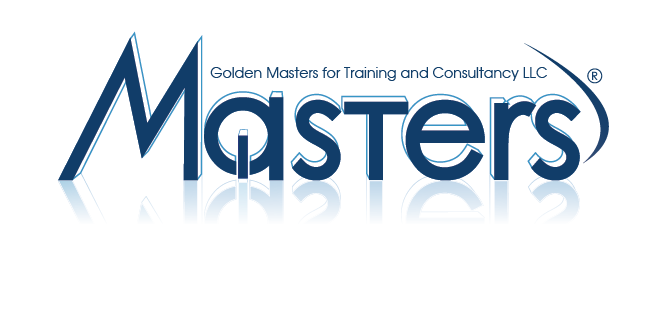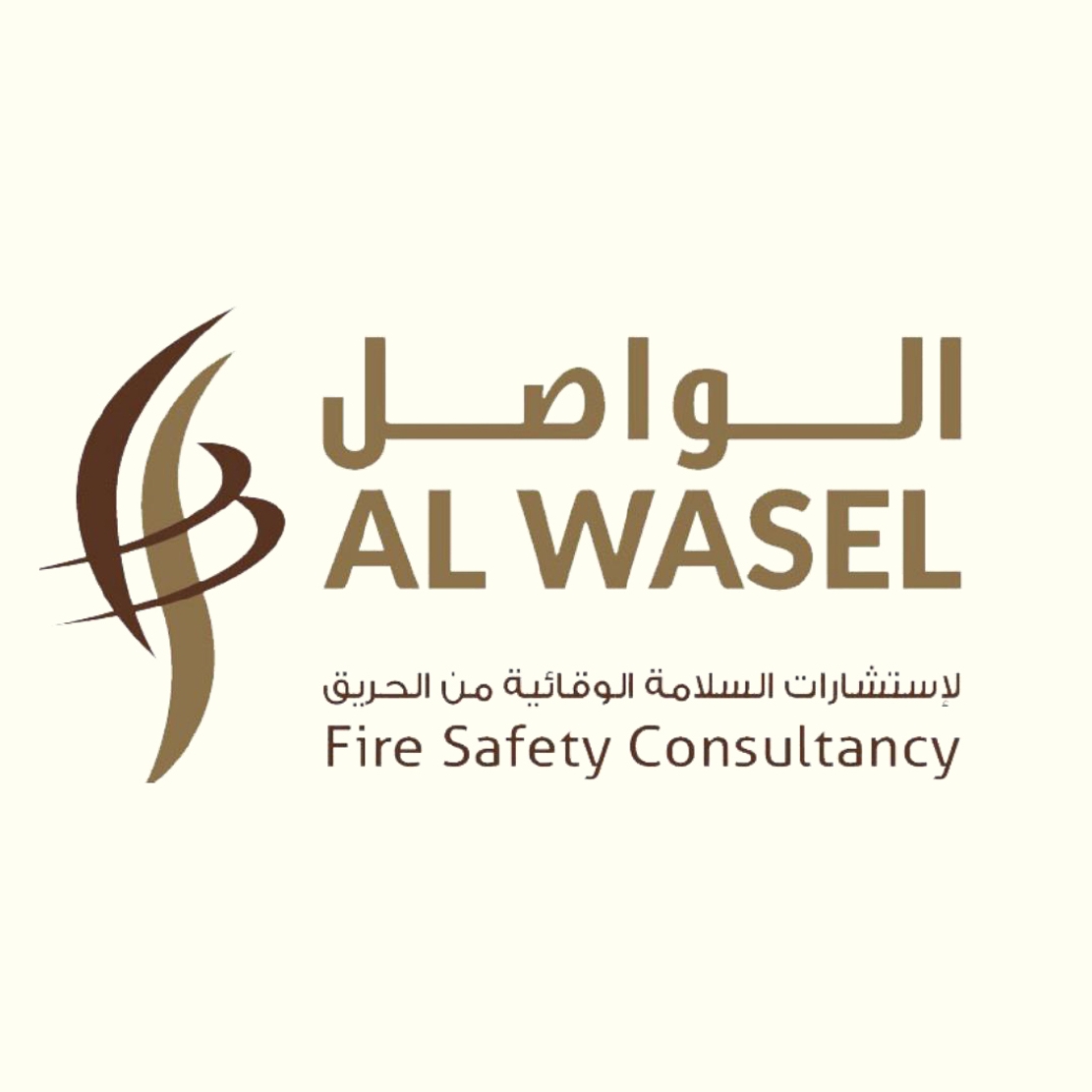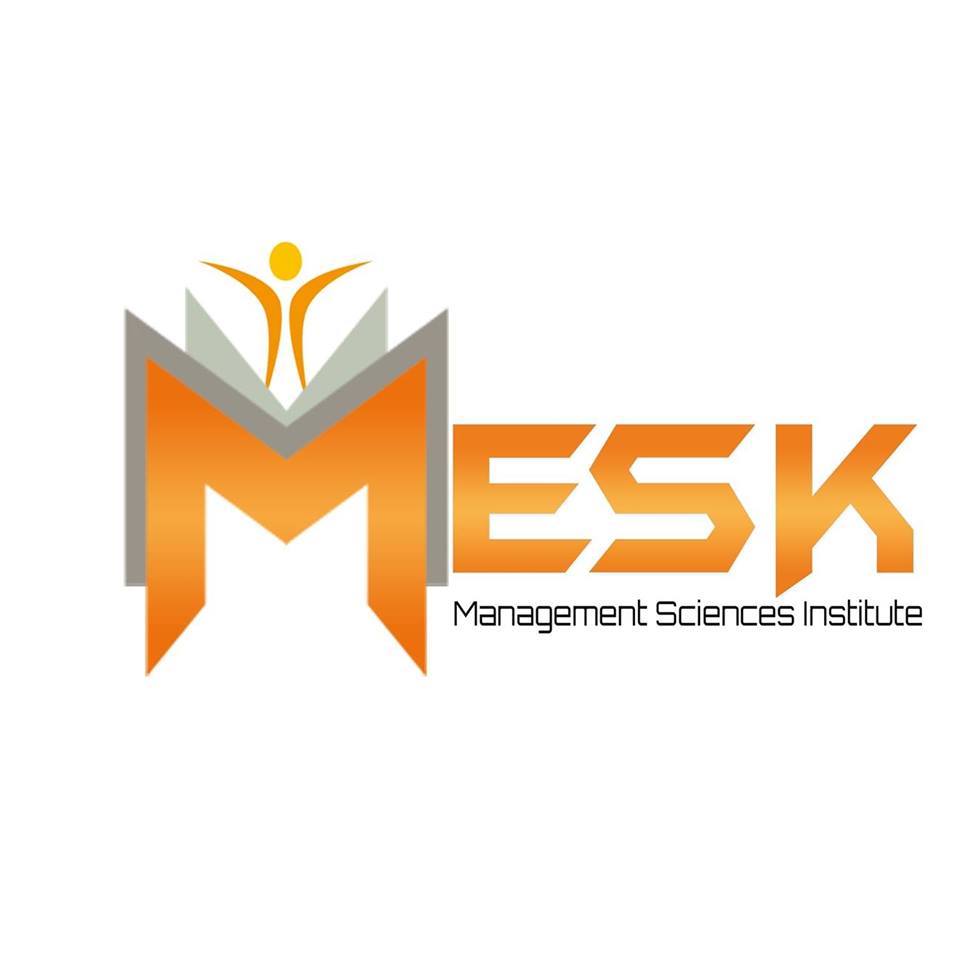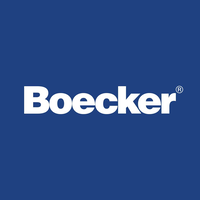All fire protection systems and appliances should at all times be in good order and available for immediate use all the time. As the firefighting equipment are very critical to protect our soles, equipment’s and the environmental.

Course Description
Fire is a phenomenon with which everyone is familiar. We use it daily to heat our homes and cook our meals. When harnessed, the power and energy from fire serves us well; however, when it is uncontrolled, a fire can quickly consume and destroy whatever lies in its path.
While we are all familiar with fire, few of us are aware of its nature and complex processes. we examines the phenomena and various mechanisms at work within a fire and is intended to provide a better understanding of the requirements in fire-fighting scenarios.
All fire protection systems and appliances should at all times be in good order and available for immediate use all the time. As the firefighting equipment are very critical to protect our soles, equipment’s and the environmental .
General maintenance, testing and inspection of fire protection systems, appliances and emergency equipment should be maintain according to specific intervals , designates the entity required to conduct the inspection.
Course Objective:
- Understand the basic of fire, type of fire
- Define the Fire Main Systems
- How to perform firefighting equipment inspection and maintenance
- Include for each system or appliance:
1. maintenance and repair instructions;
2. schedule of periodic maintenance;
3. list of replaceable parts; and
4. log for records of inspections and maintenance
Course Certificate:
Masters Consultant certificate will be issued to all attendees completing minimum of 75% of the total tuition hours of the course.
Course Outline:
SECTION 1 Basics of a Fire
1 Chemistry of Fire
1.1 Oxidation
1.2 State of Products in "Fire" Oxidation Process
2 Fundamentals of a Fire
3 The Fire Triangle
3.1 Fuel
3.2 Oxygen.
3.3 Heat
4 The Fire Tetrahedron.
5 Extinguishment Considenng the Fire Tetrahedron
5.1 Removing the Fuel
5 2 Removing the Oxygen
5.3 Eliminating the Heat
5.4 Breaking the Chain Reaction
6 Hazardous/Combustible Materials
6.1 Flames
6.2 Heat
6.3 Gases
6.4 Smoke
SECTION 2 Classification of Fires
1 Overview
2 Class "A" Fires
2.1 Wood and Wood-based Materials
2.2 Textiles and Fibers
2.3 Plastics and Rubber
2.4 Locations of Class "A" Materials Onboard
2.5 Extinguishment of Class "A" Fires
3 Class "B" Fires
3.1 Flammable Liquids
3.2 Flammable Gases
4 Class "C" Fires
4.1 Types of Equipment
4.2 Electrical Faults that Cause Fires
4.3 Hazards of Electrical Fires
4.4 Locations of Electrical Equipment Onboard
4.5 Extinguishment of Class "C" Fires
5 Class "D" Fires.
5.1 Hazards/Characteristics of Specific Metals
5.2 Locations of Class "D" Materials Onboard
5.3 Extinguishment of Class "D" Fires
Section 3 Fire Main Systems
1 General Principles of the Fire Main System
2 Extinguishing Capabilities of Water.
3 Moving Water to the Fire
3.1 Straight Streams.
3.2 Fog Streams
4 Requirements for Fire Main Systems
4.1 Main Fire Pumps
4.2 Emergency Fire Pump.
4.3 Fire Main Sizing and System Pressures
4.4 Fire Hose Reaction
4.5 Isolation Valves and Routing Arrangements
4.6 Fire Main Piping Components/Materials
4.7 Hydrant Locations and Fire Hoses/Nozzles
4.8 International Shore Connection Arrangements
4.9 Cold Weather Protection
4.10 Additional Requirements for Vessels with Automation Notations
4.11 Alternative Requirements for Steel Vessels Under 90 Meters In Length and less than 1000 Gross Tons
4.12 Additional Requirements for Oil and Fuel Oil Carriers
SECTION 4 Fixed Gas Fire-extinguishing Systems
1 Principles of Fixed Gas Fire-extinguishing Systems
2 C02 Fire-extinguishing Systems
2.1 Agent Characteristics
2.2 Effectiveness
2.3 CO2 System Applications.
3 Requirements for Fixed Gas Extinguishing Systems
3.1 General Requirements
3.2 Additional Requirements for Fixed CO2 Gas Extinguishing
Systems
3.3 Additional Control Requirements for C02 Systems
3.4 Additional Requirements for Low Pressure CO2 Systems...
3.5 Additional Requirements for Vessels Receiving an "ACCU"
Automation Notation............................................................
3.6 Governmental Authonzation................................................
3.7 Steam Smothering Systems................................................
3.8 Halon Systems....................................................................
3.9 Requirements for Systems using Halon "Alternatives".........
3.10 Additional/Alternative Requirements tor Special Locations..
SECTION 5 Fixed Water Fire-extinguishing Systems
1 General Principles of Fixed Water Fire-extinguishing Systems
1.1 Water Spray System
1.2 Water Sprinkler Systems
1.3 Water Mist Systems
2 Requirements for Fixed Water Spray, Water Sprinkler, and Water Mist Systems
2.1 General System Component Requirements
2.2 Fixed Water Spray Systems in Machinery Spaces
2.3 Fixed Water Sprinkler Systems in Accommodation Spaces
2.4 Fixed Water Spray Systems in Ro-Ro Spaces
2.5 Fixed Water Mist Systems in Machinery Spaces and Cargo Pump Rooms
2.6 Fixed Water Mist Systems in Accommodation and Service Spaces
SECTION 6 Foam Fire-extinguishing Systems
1 Foam
2 General Principals of Foam Extinguishing Systems.
2.1 Extinguishing Effects of Foam
2.2 Foam Characteristics
2.3 Types of Foams
2.4 Limitations on the Use of Foam.
2.5 Advantages of Foam
2.6 Basic Guidelines for Foam
2.7 Foam System Equipment
2.8 Foam Fire Fighting Application Techniques
3 Requirements for Foam Extinguishing Systems
3.1 General Requirements Applicable to All Foam Systems
3.2 Additional Requirements for Fixed High Expansion Foam Systems in Machinery Spaces
3.3 Additional Requirements for Supplementary Fixed Low Expansion Foam Systems in Machinery Spaces
3.4 Additional Requirements for Helicopter Landing Facilities
SECTION 7 Portable/Semi-portable Fire Extinguishers
1 Portable and Semi-portable Fire Extinguishers.
1.1 Water-type Fire Extinguishers
1.2 Foam-type Fire Extinguishers
1.3 Carbon Dioxide (CO2) Fire Extinguishers
1.4 Dry Chemical-type Fire Extinguishers
1.5 Dry Powder-type Fire Extinguishers
1.6 Portable Fire Extinguishers
1.7 Semi-portable Fire Extinguishers
1.8 Fire Extinguisher Designations
2 Requirements for Portable/Semi-portable Fire Extinguishers
2.1 Sizing of Portable Extinguishers
2.2 Approval of Portable and Semi-portable Extinguishers
2.3 Spaces Containing Boilers (Main or Auxiliary), Oil-fired Equipment
2.4 Category "A" Machinery Spaces Containing Internal Combustion Machinery
2.5 Combined Boiler and internal Combustion Engine Machinery Spaces
2.6 Spaces Containing Steam Turbines or Steam Engines
2.7 Portable/Semi-portable Fire Extinguishers in Other Machinery Spaces
2.8 Accommodations, Service Spaces and Control Stations
2.9 Fire Protection Arrangements for Paint Lockers
2.10 Fire Protection Arrangements for Helicopter Landing Areas
SECTION 8 Additional Fire Protection Requirements
1 Segregation of Fuel Oil Purifiers for Heated Oil
2 Segregation of High Pressure Hydraulic Units
3 Requirements for Piping Systems Handling Oil
3.1 Material Requirements for Piping Systems Conveying Oil
3.2 Remote Closure Arrangements for Valves on Oil Tanks
3.3 Fuel Oil and Lube Oil Systems on Engines.
3.4 insulation Requirements for Heated Surfaces
3.5 Remote Stopping of Fuel Oil Pumps and Thermal Fluid Circulating Pumps
3.6 Remote Stops for Ventilation Fans and Closing Arrangements for Openings.
4 Paint/Flammable Liquid Lockers
4.1 Lockers of 4 nr (43 ff) and More Floor Area
4.2 Lockers of Less Than 4 nr (43 ft2) Floor Area..
SECTION 9 Fire Control Plans
1 Standardized Symbols
2 Requirements for Fire Control Plans
- Fire Detection and Alarm Systems
- Section 10 testing and inspection
10.1 Specific Guidelines for Maintenance and Inspection of Fire Extinguishers
10.2 Preventive maintenance
10.2.1Weekly Testing and Inspections
10.2.2 Monthly Testing and Inspections
10.2.3Quarterly Examinations and Inspections
10.2.4Annual Testing and Inspections
Section 11 Care and Inspection of Firefighting Equipment
11.1Training
11.2Inspections of equipment.-
- Fire Doors and Shutters
- Floor Drains
11.3 Care of equipment
11.3.1. Antifreeze Pump-Tank Extinguish
11.3.2. Carbon Dioxide Extinguishers
11.3.3.Dry-Chemical Extinguishers
11.3.4. Wheeled-Type Units
11.3.5. Hose
11.3.6. Handling Hose at Fires
11.3.7. Hose Couplings
11.4. Checking equipment.-
11.4.1. Automatic Sprinkler Systems.-
11.4.2. Transformer Spray Systems.-
11.4.3. Automatic Generator CO2 Systems.-
Masters Training Company was established in response to the growing need for quality training to support the business community within your Company, Department or Organization by providing a high standard of Training Programs, Courses, Seminars, Workshops and Consultancy Services to employees in a very competitive business environment.
Masters is also an approved vendor from KHDA & ILM
(Institute Review)
55 years ago(Institute Review)
55 years ago
DCD approved Fire Safety Training program is offered by Conquer Training & Development Center. It is aimed at teaching the delegates the fundamental firefighting skills like using fire extinguishing and preventing methods.

Dubai Civil Defense (DCD), Approved Training Center. Science of Fire, Types of Fire Extinguishers, Practical based Fire and Safety Training Basic Fire Fighting and prevention procedures 2 years Certificate

'Certified Fire Fighter Rescue Missions' training is offered by Mesk Management Sciences Institute. Kindly contact us to inquire and find out about the schedule and complete outline.

Fire Safety Training course is offered by Wisdom Star Quality and Standartzation LLC.

Level 1 In Fire Safety program is offered by Boecker Public Health. It will give you detailed knowledge of fire safety standards and industry practices to ensure compliance with fire safety precautions.
© 2025 www.coursetakers.ae All Rights Reserved. Terms and Conditions of use | Privacy Policy